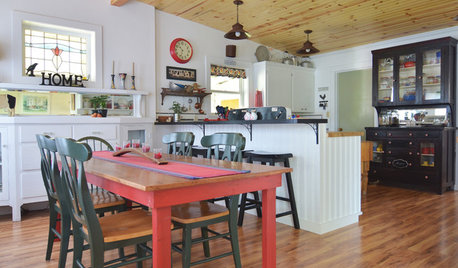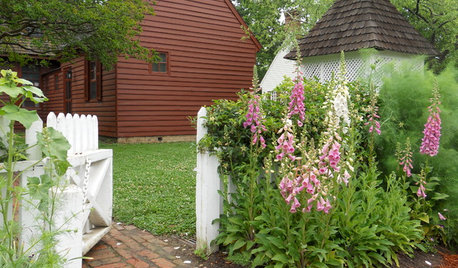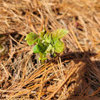Getting more from your garden with landraces and local varietes
lakedallasmary
16 years ago
Related Stories

MOST POPULAR16 Ways to Get More From Your Small Backyard
Make a tight or awkward yard a real destination with these design tricks from the pros
Full Story
GARDENING AND LANDSCAPING10 Ideas for Decorating Your Summer Porch
Watch the world go by from a porch decked out with comfy furniture and inspiring accessories
Full Story
LANDSCAPE DESIGNGet a Mediterranean-Style Garden Even Far From the Sea
Some lavender here, a water feature there, and your garden just might feel transported to a balmy seaside locale
Full Story
SMALL SPACESGetting a Roommate? Ideas for Making Shared Spaces More Comfortable
Here are tips and tricks for dividing your space so everyone gets the privacy they need
Full Story
MOVING10 Rooms That Show You Don’t Need to Move to Get More Space
Daydreaming about moving or expanding but not sure if it’s practical right now? Consider these alternatives
Full Story
ECLECTIC STYLEGet Creative Salvage Ideas from Houzzers' Reuse Projects
Save money and show off your resourcefulness by borrowing from these creative home projects using salvaged materials
Full Story
KITCHEN DESIGNGet Ideas from 10 Kitchen Makeovers
Share your thoughts on gorgeous kitchen transformations from Boston to Bristol. Which is your favorite?
Full Story
MY HOUZZGet Ideas From the Top My Houzz Tours of 2015
Meet the DIY design-savvy personalities behind your favorite homes this year who know how to rock color and maximize square footage
Full Story
INSPIRING GARDENSSpring Garden Ideas From Colonial Williamsburg
Discover old-time resourcefulness — how gardeners worked the land, used local materials and more — to apply to your landscape today
Full Story
LIFEYou Said It: ‘Let It Go’ and More Tips From the Week
This week's stories reveal how you can switch up your surroundings to spark new ideas
Full Story



lakedallasmaryOriginal Author
pnbrown
Related Discussions
Saving Corn Seeds?
Q
ever wish you lived someplace else, so gardening would be easier?
Q
WANTED: Local Community Garden/Park needs help!!
Q
How much do you guys save on your grocery bill from your garden?
Q
lakedallasmaryOriginal Author
Macmex
lakedallasmaryOriginal Author
digdirt2
oldroser
pnbrown
gonefishin
lakedallasmaryOriginal Author
nc_crn
digdirt2
nc_crn
nc_crn
pnbrown
Macmex
Okiedawn OK Zone 7
Macmex
oldroser
pnbrown
digit
Okiedawn OK Zone 7
suburbangreen
oldroser
pnbrown
nc_crn
micropropagator
peanuttree
pnbrown
keen101 (5b, Northern, Colorado)